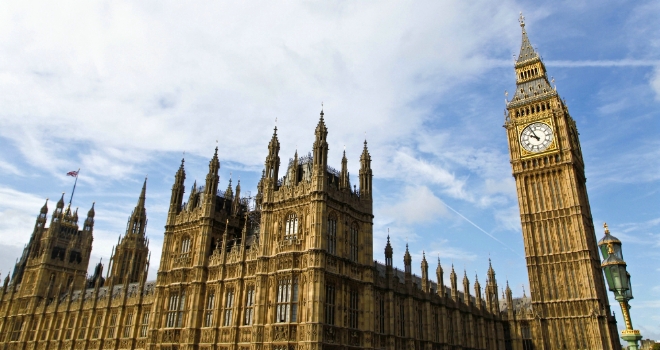
"Consolidation of schemes to reduce costs is an overwhelmingly good idea. Large schemes tend to be more efficient and are generally better at looking after members’ benefits."
The Committee says the consolidation of small schemes offers "clear and substantial benefits to members in terms of efficiency and sustainability" and has criticised successive governments and the pensions industry for not showing "greater leadership in tackling this issue up until now".
The report shows that small schemes with small sponsors are at a disadvantage as they do not enjoy economies of scale and are less equipped to negotiate fees with asset managers and other suppliers.
In 2014 The Pensions Regulator calculated that the average annual cost per member of running DB schemes with fewer than 100 members was over £1,000, and around £500 for schemes with up to 1,000 members. In contrast, average costs were less than £200 for schemes with more than 5,000 members.
TPR also found that smaller schemes are much less likely to have good governance than their larger counterparts.
Steve Webb, Pensions Minister from 2010–2015, added that being a trustee "is a demanding and skilful task, and that there are not enough good ones to go around".
Witnesses including Baroness Altmann, Pensions Minister from 2015–2016, warned that some small employers were being crippled by their pension obligations. In effect, they had become annuity providers that continued to exist only to pay pensions.
Altmann explained: "There are a number of small companies and charities who cannot cope with the costs of their defined benefit scheme, but also cannot get out of those without going bankrupt, or in some cases you have non-incorporated sponsors who are going to be personally bankrupted, lose their homes, lose everything, because of the costs, which in particular are the costs of annuities."
The PLSA believes that consolidation would also benefit DB scheme regulation. Rather than “a selective and sometimes box-ticking approach across the board” of 6,000 schemes, TPR would be better equipped to engage in-depth with fewer schemes.
Joanne Segars, Chief Executive of the PLSA, said: "If schemes are able to [consolidate] they are able to access better governance, but also able to leverage economies of scale and derive some very significant cost savings—for example, a 1% uplift in governance, or 1% uplift in governance benefits—and very significant reductions in fee savings to asset managers.
"If we had fewer, larger schemes, then it would be much easier for the Regulator to have a very different and more supervisory relationship with those larger schemes and, therefore, be able to intervene more easily with the sponsors and with the schemes."
Tom McPhail, head of retirement policy at Hargreaves Lansdown, commented: “Consolidation of schemes to reduce costs is an overwhelmingly good idea. Large schemes tend to be more efficient and are generally better at looking after members’ benefits. One solution may be to convert differing schemes’ benefit structures to a single consolidator scheme, on an actuarially neutral basis. The employers’ ongoing funding liabilities could also be converted to a long term debt, secured on the business.”





